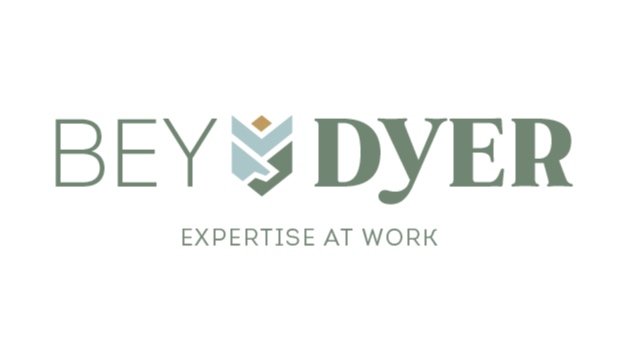COVID-19 Pandemic Update
The COVID-19 pandemic has impacted nearly every facet of our lives, not the least of which is our jobs. Whether you are an “essential worker”, a remote employee, were furloughed or laid off, or were lucky enough to continue as “status quo”, your employment looks different now than it did in January 2020. At the outset of the pandemic in early 2020, many predictions were made regarding when employees would return back to their workplaces, when temporarily closed business would re-open, and what hiring and re-hiring trends would emerge. If the pandemic has taught us anything, it is that nothing is certain. Over the course of the next year, and perhaps beyond, we will venture to provide a snapshot of the current economic conditions as they relate to employment.
Unemployment Rate
As of November 2021, the national unemployment rate is 4.2 percent. While this is certainly down from the February to April 2020 recession, it is still higher than pre-pandemic rates. Locally, Minnesota is faring better than that nation as a whole with an unemployment rate of 3.3 percent. However, this doesn’t provide the whole picture. Unemployment rates are calculated based on the number of individuals who want to work and actively sought employment in the past four weeks. They do not take into consideration the “marginally attached” or “discouraged workers” who have found their job search attempts to be futile and have stopped looking. So, while lowering unemployment rates are a sign of recovery, they do not signify a return to the pre-pandemic “normal”.
Occupations in Demand
The Minnesota Department of Employment and Economic Development has created a ranking of occupations based on the short-term demand for jobs locally.
As of December 2021 the top 10 occupations in demand are:
Registered Nurse
Home Health and Personal Care Aides
Retail Salespersons
Stockers and Order Fillers
Retail Sales Supervisor
Nursing Assistant
Heavy and Tractor-Trailer Truck Drivers
Laborers
Customer Service Representatives
Licensed Practical Nurses
Emerging Trends
Workplace Flexibility – After the initial mass exodus of workers leaving their corporate office to a mandatory work from home policy, many are reluctant to return. There are multiple reasons for this including the elimination of a commute, need to provide childcare/remote learning supervision, fear of contracting or spreading the virus, and only needing to wear professional attire from the waist up (if at all). Employers who were previously reluctant to provide work from home options to their employees have come to realize that this a valuable tool to retain employees and reduce the overhead costs of maintaining a large corporate workspace. Employees stand a much greater chance of negotiating flexibility is hours and location of work than in pre-pandemic times.
The “Great Resignation” – Over the past several months the number of individuals quitting their jobs has hit record levels. Derek Thompson, staff writer at The Atlantic, stated, “Thanks to several pandemic-relief checks, a rent moratorium, and student-loan forgiveness everybody, particularly if they are young and have a low income, has more freedom to quit jobs they hat and hop to something else. Other factors include childcare and personal safety concerns related to the virus. One of the largest groups not returning to work are women. According to data released from the Federal Reserve of Dallas, it puts that number at 1.3 million due to childcare issues. It also states that 31% of workers are reluctant to return to work.
Increased Wages – It is no secret that employers are having difficulty hiring enough workers to meet their demands. One of the ways employers are combating this is by raising wages and benefits. According to a July 7, 2021 CNBC article by Jeff Cox, average hourly earnings in June 2021 were 3.6 percent over the previous year; the leisure and hospitality sector has seen a 10 percent increase since the start of the pandemic. Incentives, such as sign on bonus, are being offered at more than double the rate of over a year ago.
Before the COVID-19 pandemic, the largest disruptions to work generally involved new technologies and global trading trends. Although the impacts of the pandemic have been widespread, what sets this apart is that each one of us has been affected on some varying level. From our chief operating officers to our housekeeping staff, employers have been forced to see the value of employment in a different light. When we set out to forecast 2022 trends, all we can guarantee is that, for most, the value of work likely has a new and evolving perspective.
